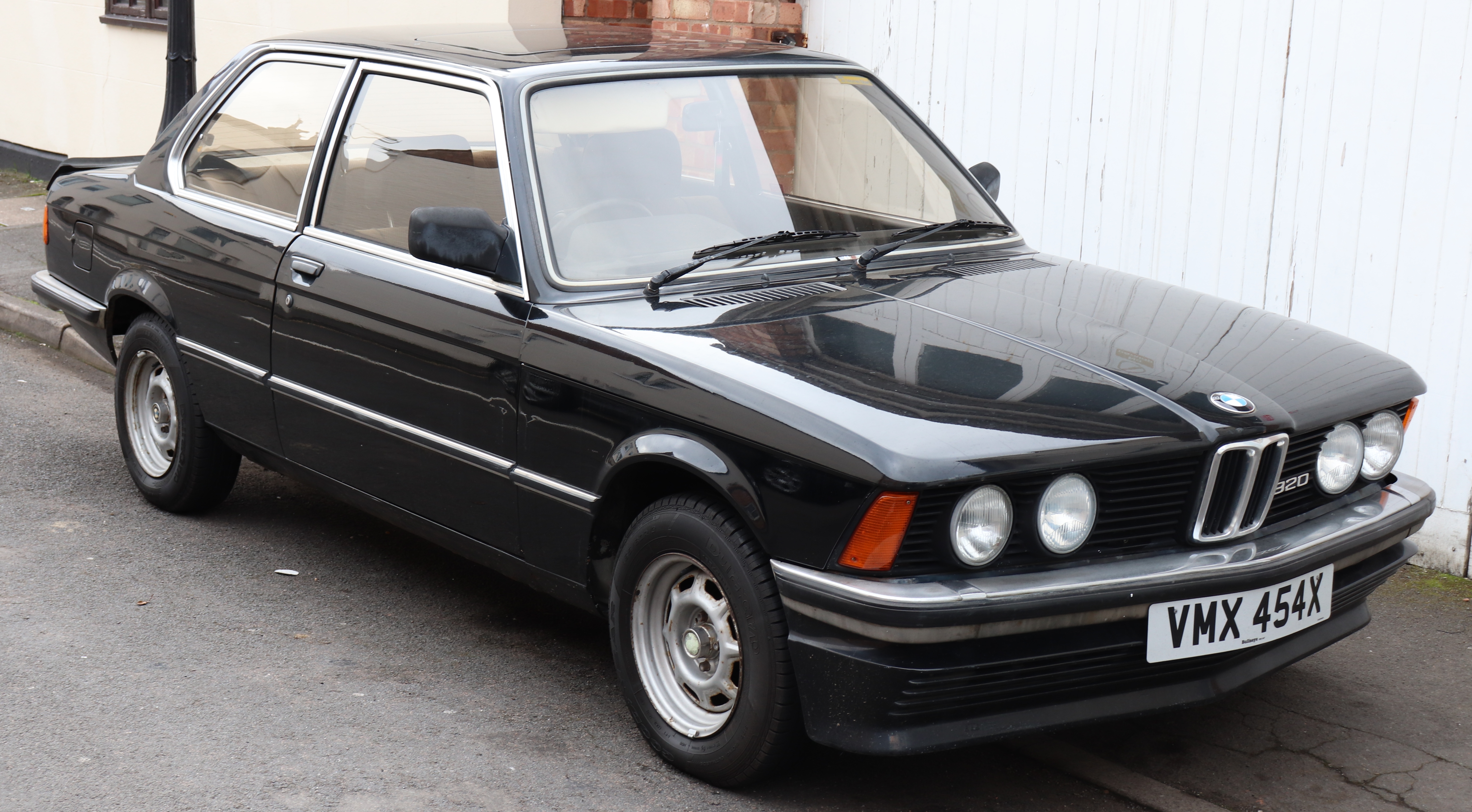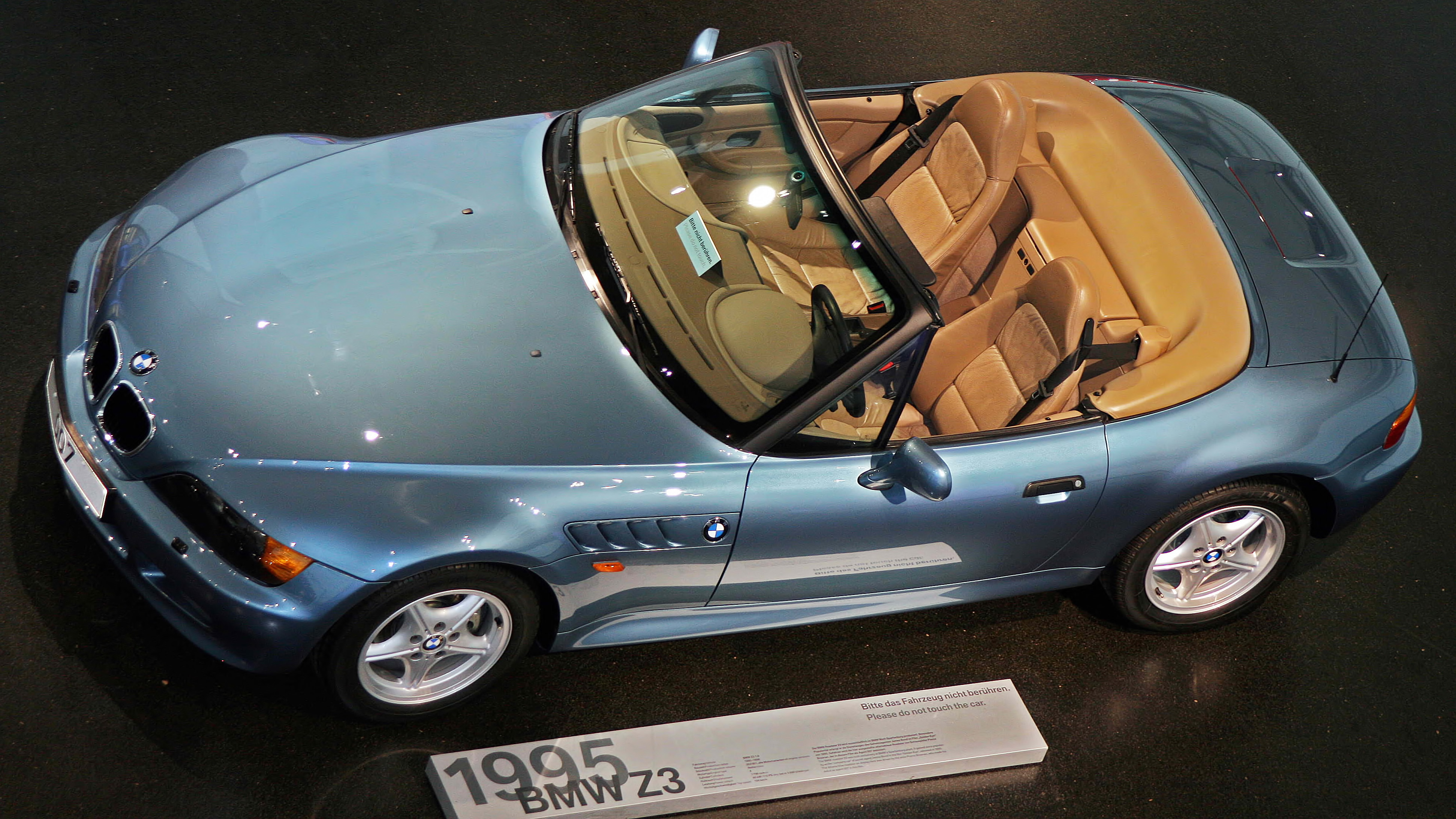|
Joji Nagashima
Joji Nagashima (born 1955; 永島譲二) is an automobile designer for BMW. Nagashima was born in Tokyo and educated in Japan. He is best known for the exterior designs of the E90 versions of the BMW 3 Series, the E39 version of the BMW 5 Series The BMW 5 Series is an executive car manufactured and marketed by BMW since 1972, succeeding the New Class Sedans, and currently in its seventh generation. The 5 Series was initially available as a sedan, with a wagon/estate body style (marke ..., and the Z3 Roadster. He has been granted 22 patents in car design (as of Nov. 2007). Timeline * 1955 - born in Tokyo . * 1978 - ''graduated from Musashino Art University Department of Craft and Industrial'' Design,. * 1980 - Master's degree in industrial design at ''Wayne State University''. Joined Opel . * 1986 - Joined Renault . * 1988 - Joined BMW . * 2009 - Visiting professor at Kyoto Seika University design department . * 2015 - Visiting professor at Tokyo University of Tech ... [...More Info...] [...Related Items...] OR: [Wikipedia] [Google] [Baidu] |
BMW E90
The fifth generation of the BMW 3 Series range of compact executive cars is designated under the model codes E90 (saloon), E91 (estate, marketed as 'Touring'), E92 (coupé) and E93 (convertible). The model was introduced in December 2004, and produced by BMW until October 2013 and is often collectively referred to as the E90 or E9x. The E9x saw the introduction of run-flat tyres to the 3 Series range. Models with run-flat tires are not equipped with a spare tyre. The E92 335i was the first 3 Series model produced with a turbocharged petrol engine. It was also the first 3 Series to include the iDrive operating system, which consists of navigation, infotainment and essential vehicle functions. The E90/E92/E93 M3 is the only generation of M3 to be powered by a V8 engine. Introduced in 2007, it uses the BMW S65 naturally aspirated V8 engine and was produced in saloon, coupé and convertible body styles. Following the introduction of the F30/F31 3 Series in February 2012, the E ... [...More Info...] [...Related Items...] OR: [Wikipedia] [Google] [Baidu] |
BMW 3 Series
The BMW 3 Series is a line of compact executive cars manufactured by the German automaker BMW since May 1975. It is the successor to the 02 Series and has been produced in seven generations. The first generation of the 3 Series was only available as a 2-door saloon; however, the model range has since expanded to include a 4-door saloon, 2-door convertible, 2-door coupé, 5-door estate, 5-door liftback (" Gran Turismo") and 3-door hatchback body styles. Since 2013, the coupé and convertible models have been marketed as the 4 Series; therefore, the 3 Series range no longer includes these body styles. The 3 Series is BMW's best-selling model, accounting for around 30% of the BMW brand's annual total sales (excluding motorbikes), and has won numerous awards throughout its history. The M version of the 3 series, M3, debuted with the E30 M3 in 1986. First generation (E21; 1975) The E21 replaced the 02 Series and was initially available as a 2-door sedan (also described a ... [...More Info...] [...Related Items...] OR: [Wikipedia] [Google] [Baidu] |
BMW E39
The BMW E39 is the fourth generation of the BMW 5 Series range of executive cars, which was manufactured from 1995 to 2004. It was launched in the sedan body style, with the station wagon body style (marketed as "Touring") introduced in 1996. The E39 was replaced by the E60 5 Series in 2003, however E39 Touring models remained in production until May 2004. The proportion of chassis components using aluminium significantly increased for the E39, and it was the first 5 Series to use aluminium for all major components in the front suspension or any in the rear. It was also the first 5 Series where a four-cylinder diesel engine was available. Rack and pinion steering was used for four- and six-cylinder models, the first time that a 5 Series has used this steering system in significant volumes. Unlike its E34 predecessor and E60 successor, the E39 was not available with all-wheel drive. The high performance E39 M5 sedan was introduced in 1998, powered by a DOHC V8 engine. It was th ... [...More Info...] [...Related Items...] OR: [Wikipedia] [Google] [Baidu] |
BMW 5 Series
The BMW 5 Series is an executive car manufactured and marketed by BMW since 1972, succeeding the New Class Sedans, and currently in its seventh generation. The 5 Series was initially available as a sedan, with a wagon/estate body style (marketed as "Touring") added in 1991 and a 5-door fastback configuration (marketed as "Gran Turismo") available from 2009 to 2017. Each successive generation carries a distinct internal ''E-'' designation. The first generation of 5 Series was powered by naturally aspirated four-cylinder and six-cylinder petrol engines. Following generations have been powered by four-cylinder, six-cylinder, V8 and V10 engines that are either naturally aspirated or turbocharged. Since 1982, diesel engines have been included in the 5 Series range. The 5 Series is BMW's second-best-selling model after the 3 Series. On 29 January 2008, the 5 millionth 5 Series was manufactured, a 530d sedan in Carbon Black Metallic. BMW's three-digit model naming convention beg ... [...More Info...] [...Related Items...] OR: [Wikipedia] [Google] [Baidu] |
BMW Z3
The BMW Z3 is a range of two-seater sports cars which was produced from 1995 to 2002. The body styles of the range are: * 2-door roadster (E36/7 model code) * 2-door coupé (E36/8 model code) The Z3 was based on the E36 3 Series platform, while using the rear semi-trailing arm suspension design of the older E30 3 Series. It is the first mass-produced Z Series car. M models were introduced in 1998 in roadster and coupé body styles and were powered by the S50, S52, or S54 straight-six engine depending on country and model year. The M models came with a 5-speed manual transmission. Production ended on June 28, 2002, with the Z3 line replaced by the E85 Z4. Development and launch Development on the roadster began in 1991 and was led by Burkhard Göschel. The exterior was designed by Joji Nagashima, being completed in mid-1992 at 39 months before production and the design was frozen in 1993. Design patents were filed on April 2, 1994, in Germany and on September 27, 19 ... [...More Info...] [...Related Items...] OR: [Wikipedia] [Google] [Baidu] |
Living People
Related categories * :Year of birth missing (living people) / :Year of birth unknown * :Date of birth missing (living people) / :Date of birth unknown * :Place of birth missing (living people) / :Place of birth unknown * :Year of death missing / :Year of death unknown * :Date of death missing / :Date of death unknown * :Place of death missing / :Place of death unknown * :Missing middle or first names See also * :Dead people * :Template:L, which generates this category or death years, and birth year and sort keys. : {{DEFAULTSORT:Living people 21st-century people People by status ... [...More Info...] [...Related Items...] OR: [Wikipedia] [Google] [Baidu] |
Japanese Expatriates In Germany
Japanese may refer to: * Something from or related to Japan, an island country in East Asia * Japanese language, spoken mainly in Japan * Japanese people, the ethnic group that identifies with Japan through ancestry or culture ** Japanese diaspora, Japanese emigrants and their descendants around the world * Japanese citizens, nationals of Japan under Japanese nationality law ** Foreign-born Japanese, naturalized citizens of Japan * Japanese writing system, consisting of kanji and kana * Japanese cuisine, the food and food culture of Japan See also * List of Japanese people * * Japonica (other) * Japonicum * Japonicus * Japanese studies Japanese studies ( Japanese: ) or Japan studies (sometimes Japanology in Europe), is a sub-field of area studies or East Asian studies involved in social sciences and humanities research on Japan. It incorporates fields such as the study of Japan ... {{disambiguation Language and nationality disambiguation pages ... [...More Info...] [...Related Items...] OR: [Wikipedia] [Google] [Baidu] |
People From Tokyo
A person ( : people) is a being that has certain capacities or attributes such as reason, morality, consciousness or self-consciousness, and being a part of a culturally established form of social relations such as kinship, ownership of property, or legal responsibility. The defining features of personhood and, consequently, what makes a person count as a person, differ widely among cultures and contexts. In addition to the question of personhood, of what makes a being count as a person to begin with, there are further questions about personal identity and self: both about what makes any particular person that particular person instead of another, and about what makes a person at one time the same person as they were or will be at another time despite any intervening changes. The plural form "people" is often used to refer to an entire nation or ethnic group (as in "a people"), and this was the original meaning of the word; it subsequently acquired its use as a plural form of ... [...More Info...] [...Related Items...] OR: [Wikipedia] [Google] [Baidu] |
Japanese Automobile Designers
Japanese may refer to: * Something from or related to Japan, an island country in East Asia * Japanese language, spoken mainly in Japan * Japanese people, the ethnic group that identifies with Japan through ancestry or culture ** Japanese diaspora, Japanese emigrants and their descendants around the world * Japanese citizens, nationals of Japan under Japanese nationality law ** Foreign-born Japanese, naturalized citizens of Japan * Japanese writing system, consisting of kanji and kana * Japanese cuisine, the food and food culture of Japan See also * List of Japanese people * * Japonica (other) * Japonicum * Japonicus * Japanese studies Japanese studies ( Japanese: ) or Japan studies (sometimes Japanology in Europe), is a sub-field of area studies or East Asian studies involved in social sciences and humanities research on Japan. It incorporates fields such as the study of Japan ... {{disambiguation Language and nationality disambiguation pages ... [...More Info...] [...Related Items...] OR: [Wikipedia] [Google] [Baidu] |
_convertible_(2018-08-31)_02.jpg)




_1938.jpg)